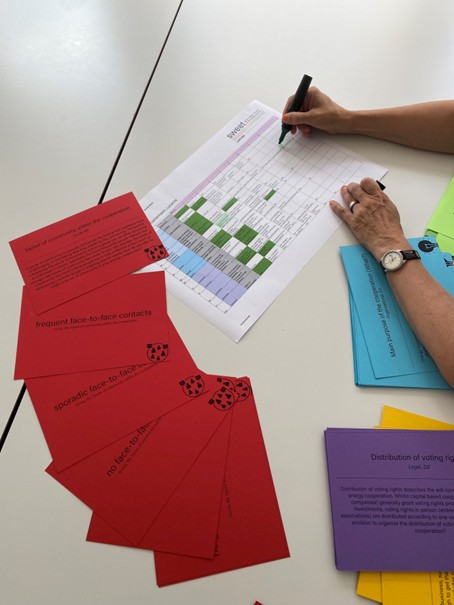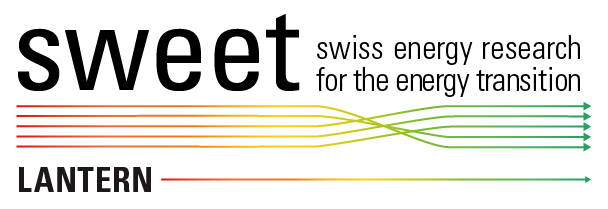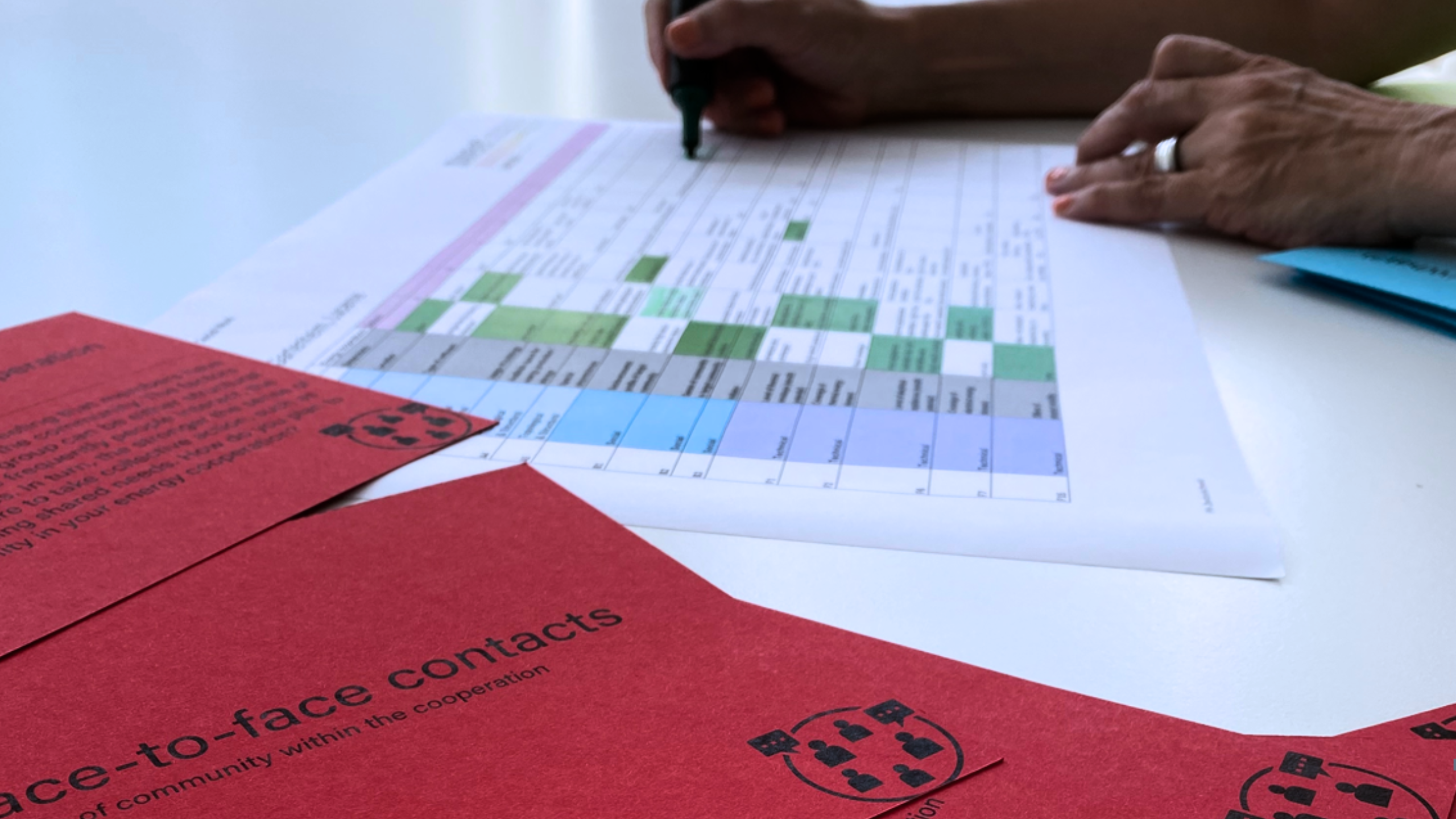From concept to practice: The Morphological Box for Energy Cooperations in Switzerland
On 16–17 June 2025, the SWEET Lantern team joined researchers and practitioners at the SSH Energy Days in Zurich to explore the future of inter- and transdisciplinary energy research. As part of the micro-workshop programme, Stefanie Müller and Corinne Schwaller, with support from Ulrike Sturm and the rest of the WP8 team, presented and tested an innovative co-creation tool: the morphological box for energy cooperations.
Local energy cooperatives
Local energy cooperations are essential for a decentralised renewable energy system. However, even with supportive regulatory frameworks such as Collective Self-Consumption (CSC) group and Local Energy Community (LEC), their implementation remains challenging – especially in existing neighbourhoods. Challenges also concern the transformation towards renewables for heating. The SWEET Lantern WP8 team is addressing this by designing a methods toolkit to guide stakeholders through a co-creation process, with the morphological box as one of its possible elements.
Our tool
A morphological box is a multidimensional overview matrix that maps possible options or forms of an object, phenomenon, or process in a structured way. In this project, it is being developed as both an analytical and participatory tool, drawing on inter- and transdisciplinary expertise in socio-cultural participation methodology, social sciences, architecture and urban planning, law, building technology and energy systems, and business model innovation.
The target audience includes practitioners, community leaders, policymakers, and energy experts who want to design or strengthen local energy cooperations. During the workshop, participants engaged with the morphological box to build a shared vision for a hypothetical energy cooperation and explored feasible configurations.

Next steps and tool development
The tool is still under development, and the SWEET Lantern WP8 team is actively seeking input from the research community and practitioners working in the field to improve it. This iterative approach ensures that the final version will be practical, user-friendly, and adaptable to real-world contexts, ultimately helping bridge the gap between policy ambitions and community-led action.

